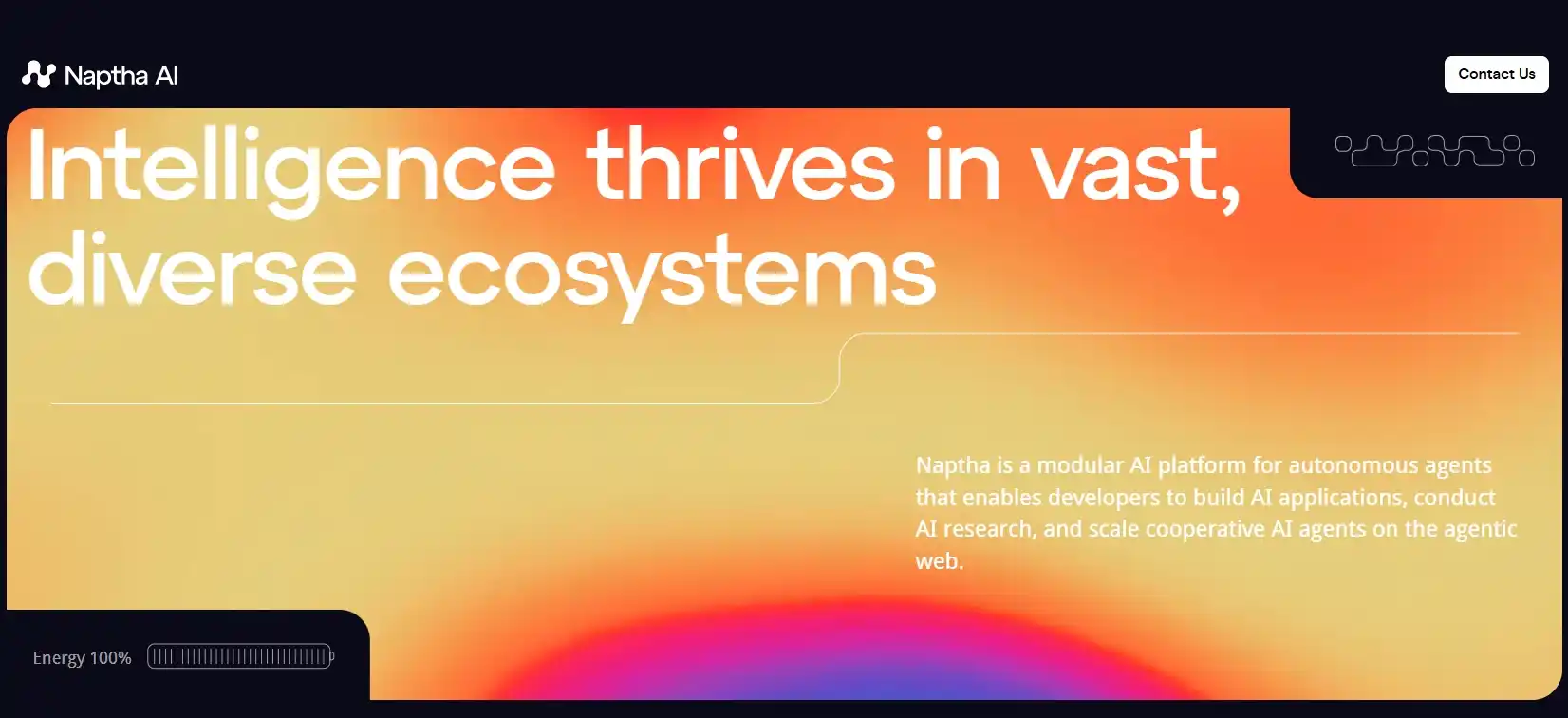In today's digital landscape, we constantly encounter information presented in graphical format: screenshots, memes, infographics, scanned documents. Traditionally, extracting text from such images has been problematic. The Naptha AI project fundamentally changes this situation by offering an innovative solution based on advanced artificial intelligence algorithms. This technology allows you to interact with text in images as easily as with regular text on a web page.
Contents:
- What is Naptha AI and how it works
- Key features and capabilities
- Technological basis and principles of operation
- Advantages and practical benefits
- Future development and potential applications
- Conclusion
What is Naptha AI and how it works
Naptha AI is an advanced technological platform designed for recognizing and processing textual information contained within images. Unlike standard OCR systems that require uploading a file to a third-party server, this solution works directly in your browser. It is implemented as a convenient extension that seamlessly integrates into your web browser. After installation, any text in an image becomes interactive: it can be highlighted with a cursor, copied to the clipboard, or translated. This erases the boundaries between static visual content and editable data, offering a completely new user experience.
Key features and capabilities
Naptha AI goes far beyond simple text recognition, offering users deep and interactive engagement with visual content. Its toolkit transforms static images into dynamic objects for editing and analysis.
Key capabilities of Naptha AI include:
- Selection and Copying: The process is analogous to working with regular text.
- Instant Translation: Converting text within an image to the desired language.
- Formula Recognition: Accurate identification and copying of mathematical expressions.
- Image Editing: The ability to remove or hide recognized text.
This set of features makes it easy to extract information from screenshots, memes, or scans, saving time and effort. The technology blurs the line between text and image, offering a fundamentally new digital experience.
Technological basis and principles of operation
Naptha AI is built on advanced computer vision and deep learning algorithms. The model was trained on vast arrays of diverse data, enabling it to accurately detect text blocks regardless of font, size, or orientation. A key feature is the local processing of information directly in the user's browser.
| Technology Aspect | Description | Advantage |
|---|---|---|
| Architecture | Neural network trained on diverse data | High recognition accuracy |
| Processing | Local, in the user's browser | Speed and confidentiality |
| Functionality | Detection, recognition, translation, editing | Comprehensive text handling |
| Integration | Browser extension | Ease of use and accessibility |
This approach ensures instant data processing without transmitting information to external servers. This not only speeds up work but also guarantees complete confidentiality of user data, which is especially important when working with sensitive materials.
Advantages and practical benefits
The main advantage of Naptha AI is a radical increase in information processing efficiency. Students, researchers, analysts, and ordinary users save significant time previously spent on manually typing text from pictures. The technology finds application in a wide variety of fields: from quickly translating foreign memes and video quotes to office work with scanned documents and screenshots. Local data processing eliminates the risks of confidential information leakage, which is particularly important for corporate clients. Thus, the project solves pressing problems, making the digital experience smoother and more productive.
Future development and potential applications
The potential for the development of this technology is truly enormous. In the future, we can expect the integration of such solutions directly into operating systems and web browsers as a standard feature. A promising direction is expanding capabilities for working with video—recognizing and extracting text in real time directly from a video stream. Furthermore, the algorithms can be adapted for more complex tasks, such as sentiment analysis based on text in infographics or automatic description of image content for visually impaired people. This opens doors for creating fundamentally new interfaces and services.
Conclusion
Naptha AI is a prime example of how artificial intelligence can eliminate daily inconveniences and change our habits in the digital environment. The project breaks down the established barriers between textual and graphical content, offering an intuitive and powerful tool for the widest range of users. Its technology, based on modern advancements in machine learning, not only solves practical problems here and now but also sets the vector for future innovations in human-machine interaction. This is an important step towards a more connected and accessible information space.





